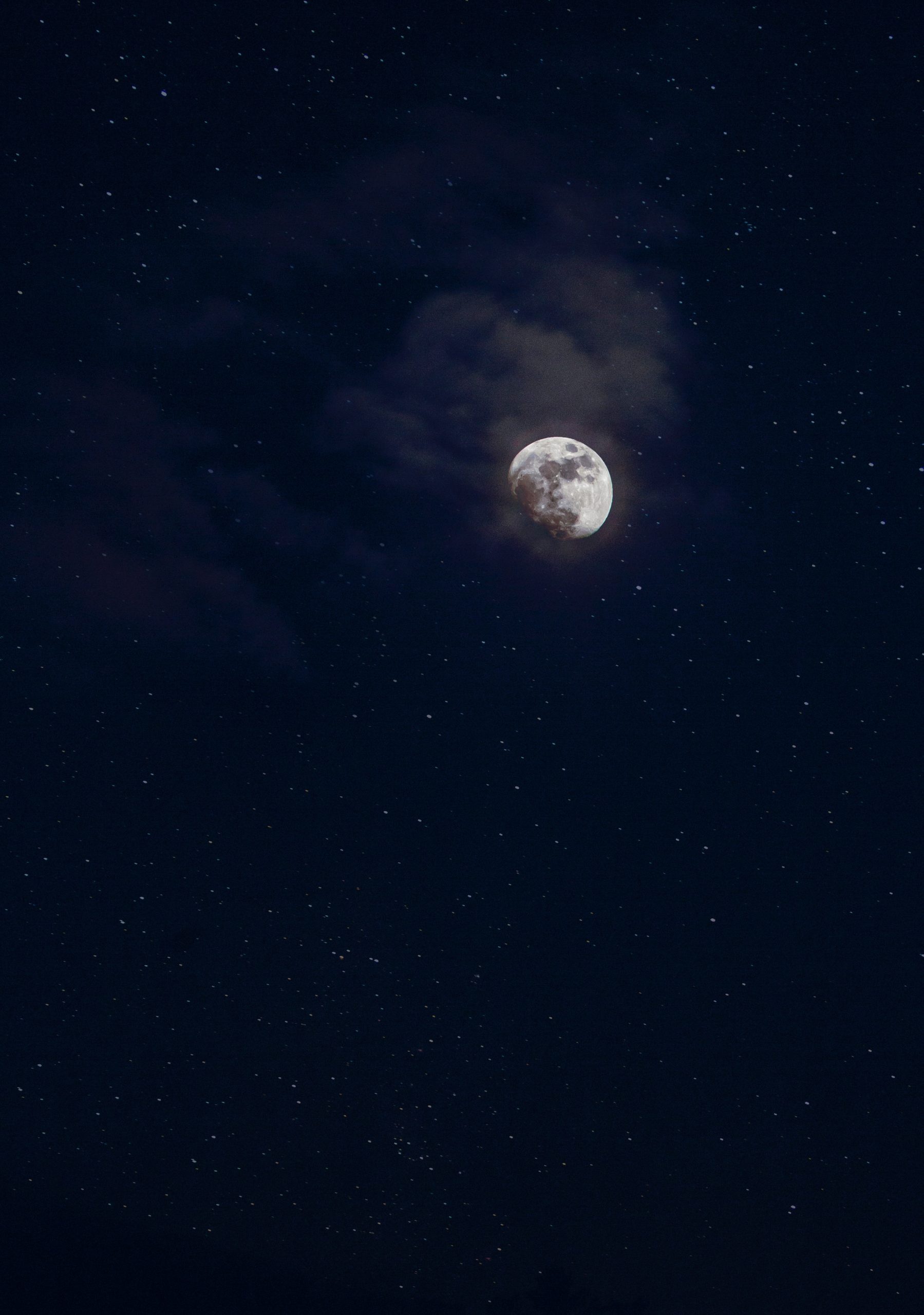Moon Phase Planting Guide: Harnessing Lunar Energy for Better Gardening
As humans, we have always been fascinated by the moon. Its alluring presence in the night sky has captivated our imaginations for centuries. But did you know that the moon can also influence the growth and success of your plants? That’s right! By understanding moon phases and aligning your gardening activities with them, you can optimize the growth and yield of your plants. In this comprehensive moon phase planting guide, we will explore the different lunar phases and discover how you can use their energy to enhance your gardening prowess. Let’s dive in!
The Power of the Moon on Plant Growth
Throughout history, many agricultural traditions and practices have been closely tied to the moon. Ancient civilizations, such as the Aztecs and the Egyptians, relied on lunar calendars to guide their planting schedules. Even today, many gardeners believe in the power of the moon to influence plant growth.
The moon’s gravitational pull affects not only the Earth’s tides but also the moisture content in the soil. During the waxing and full moon phases, the gravitational pull of the moon is stronger, causing moisture to rise. This is an ideal time for planting crops that need ample water, such as leafy greens and plants with high water requirements.
On the other hand, during the waning moon phases, the gravitational pull weakens, causing moisture to recede. This phase is favorable for planting crops that require less water, such as root vegetables and sturdy perennials.
Understanding the Moon Phases
Before we delve into the specifics of moon phase gardening, let’s take a moment to understand the different moon phases:
1. New Moon
During the new moon phase, the moon is not visible from Earth. This is an excellent time for planning and preparing your garden beds, as well as performing maintenance tasks like weeding and pruning. The energy during this phase is low, making it important to conserve your own energy as well.
2. Waxing Crescent
As the moon begins to emerge, it moves into the waxing crescent phase. This phase is associated with growth and expansion. It is ideal for planting above-ground crops, such as peas, beans, and tomatoes. These plants will benefit from the increasing moonlight and the surge of energy.
3. First Quarter
The first quarter moon is the halfway point between the new moon and the full moon. During this phase, the moon appears half-lit. This is a great time for transplanting, as the plants’ root systems will develop quickly to take advantage of the moon’s energy. Pruning and fertilizing can also be done during this phase to encourage growth.
4. Waxing Gibbous
During the waxing gibbous phase, the moon is almost fully illuminated. This is a high-energy phase, making it an excellent time for planting, especially those crops that bear fruit above ground, like melons and cucumbers. These plants will benefit from the increased moonlight and the abundant energy available.
5. Full Moon
The full moon is the most well-known lunar phase, with its radiant glow lighting up the night sky. This phase is often associated with fertility and abundance. It is the perfect time for harvesting leafy greens and herbs, as they will be at their peak flavor and nutritional value.
6. Waning Gibbous
As the moon begins its descent, it transitions into the waning gibbous phase. This phase is ideal for pruning, trimming, and transplanting perennial plants. By taking advantage of the waning moon’s energy, you can promote healthy root development and ensure the long-term success of your perennial plants.
7. Last Quarter
The last quarter moon is the halfway point between the full moon and the new moon. During this phase, the moon appears half-lit, but in the opposite direction as the first quarter moon. This is a time for resting and preparing for the new cycle to come. It is not recommended to undertake any major gardening activities during this phase.
8. Waning Crescent
As the moon nears the end of its cycle, it enters the waning crescent phase. This phase is associated with introspection and reflection. It is a good time to clean and organize your gardening tools and equipment, as well as to compost any leftover plant material.
Moon Phase Planting Guide
Now that we have a good understanding of the different moon phases, let’s explore how you can use this knowledge to optimize your gardening activities:
| Moon Phase | Activities |
|---|---|
| New Moon | Planning, preparation, maintenance tasks |
| Waxing Crescent | Planting above-ground crops |
| First Quarter | Transplanting, pruning, fertilizing |
| Waxing Gibbous | Planting fruit-bearing crops above ground |
| Full Moon | Harvesting leafy greens and herbs |
| Waning Gibbous | Pruning, trimming, transplanting perennials |
| Last Quarter | Resting, preparing for new cycle |
| Waning Crescent | Cleaning, organizing, composting |
It’s important to remember that the moon phase planting guide is just one aspect of successful gardening. Other factors, such as soil quality, temperature, and local climate conditions, also play a significant role in plant growth. By combining all these elements, you can create the ideal conditions for your plants to thrive.
As you venture into moon phase planting, keep a gardening journal to record your experiences and observations. Over time, you’ll develop a deeper understanding of how lunar energy impacts your garden and can make adjustments accordingly.
Conclusion
Ancient wisdom and modern science converge in moon phase gardening, revealing the profound influence of the moon on plant growth. By aligning your gardening activities with the moon’s energy, you can unlock the full potential of your garden. Remember to observe the moon phases, understand their significance, and adjust your gardening tasks accordingly. Harness the power of the moon, and watch your garden flourish like never before!
Table of Contents
